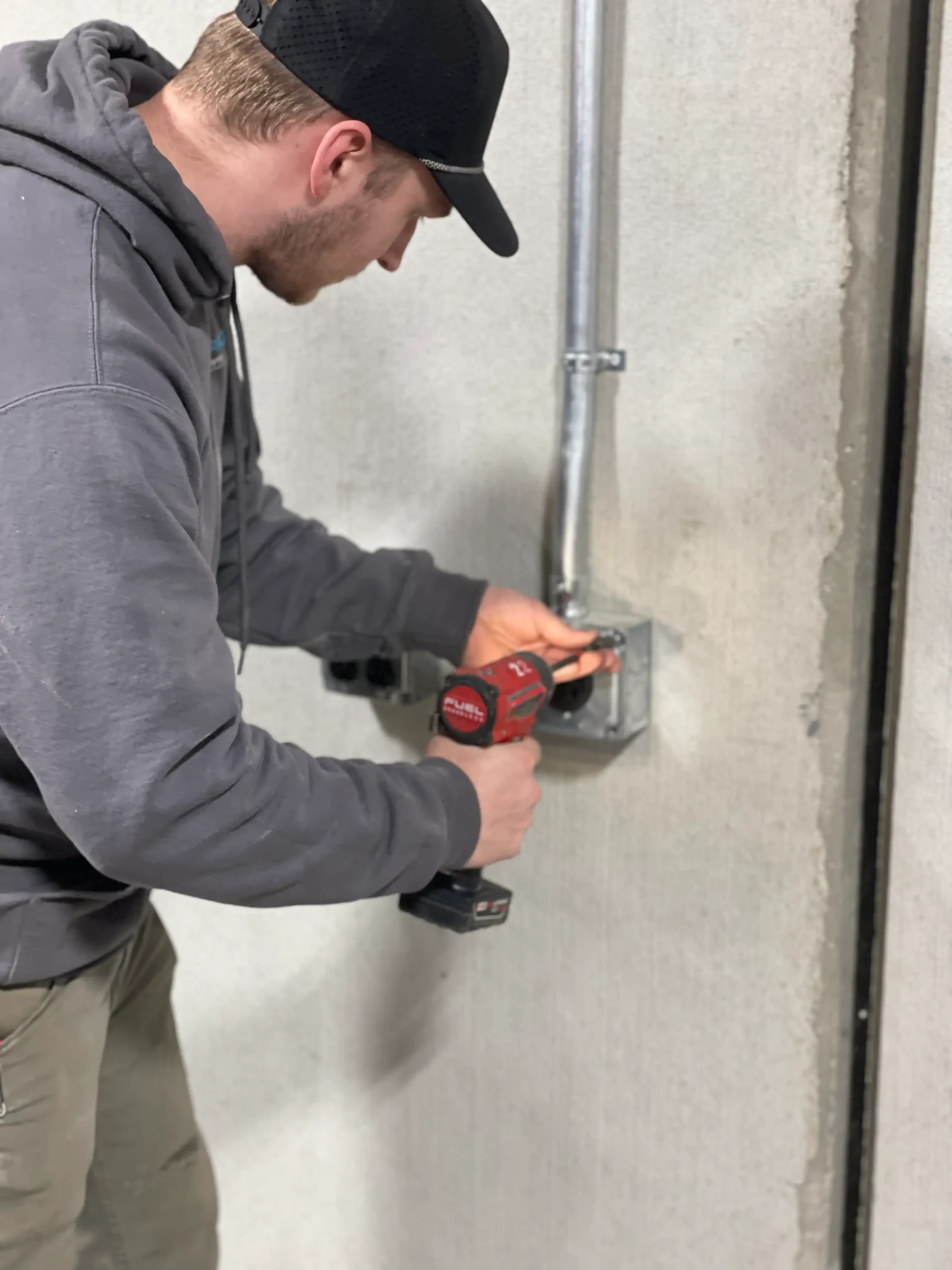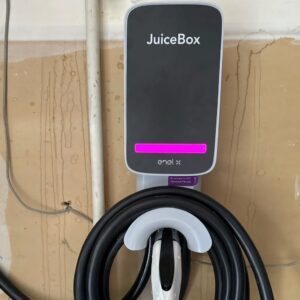Electrical maintenance is simply the act of maintaining your electrical equipment in excellent operating order. In order to accomplish this, it is critical to detect and address any potential problems, ideally before they occur. The good news is that you don’t have to be an expert to undertake a simple house electrical check on a regular basis.
Regular maintenance detects minor issues before they escalate into costly repairs, saves energy, and ultimately protects people, property, and investments. While a certified electrician is necessary for a more in-depth examination, there are certain simple inspections that you can undertake as a homeowner, which we’ll go over below.
Electrical Maintenance Tips:
When working with or around electrical equipment, always sure you wear the proper electrical safety gear. Remember: safety first! This encompasses, but is not limited to the following:
- Safety Boots
- Goggles
- Insulated Gloves
- Hard Hat
- Insulated Matting
Turn Off Electricity
Whenever possible, turn off the electricity to the affected area before undertaking any work. This may help to lower the danger of electrical shock.
Beware Of Standing Water
Standing water may appear innocent, but it may be highly deadly if not noted, since it can create severe electric shock when in touch with electricity.
Check For Damage To The Electrical Equipments
Below are some of the electrical equipment that deserves extra attention.
Electrical Meter
This device is installed on the wall and connected to brown and blue power cables. Check your meter for any physical defects that can prevent it from functioning properly. Is the meter still correctly installed? Is anything broken? Does the meter or box display signs of corrosion?
Circuit Breaker
The circuit breaker is a component of what is sometimes referred to as the fuse box, electrical panel, or circuit box. Verify that nothing has gone off by looking at the circuit breaker. When a section of a house loses electricity, this is typically the first move made. The circuit breaker may occasionally trip due to an electric oven or drying machine, resulting in a power outage.
The presence of rust or dampness on the equipment is another important sign that it needs to be inspected. The breaker may occasionally be found in basements or close to washing machines, where excessive humidity levels might endanger the machinery.
Electrical Wires
Among all the inspections, this one could be the easiest. Typically, wires are hidden from view. However, if you recently moved into a new house, you could see cables dangling in the crawl space, basement, or attic. If so, get in touch with an electrician to create a safer and more effective wiring system.
Power Strips Overloaded
Ensure that no power strip in your house is connected to another power strip, which is connected to another power strip, and so on.
Additionally, make sure that no unsuitable devices are connected to a power strip. Many appliances like hair dryers, microwaves, and other devices need their own special wall outlet.
Electrical Plugs
Check for bent or missing prongs, damaged housings, and missing insulating coverings. Electrical fires and sparking are more likely when safety measures are broken.
Sometimes plugs are hidden behind big furniture pieces and they get smashed against the wall, keep an eye out to prevent this from happening. Make sure the plug has space and fits tightly.
Additionally, keep in mind that an extension cable should never be used as a permanent power source. Speak with an electrician if you need more electrical outlets.
Plan On Doing Routine Inspections
By regularly inspecting electrical systems, you may identify and address any possible problems before they become more significant and costly problems.
FEMA reports that electrical malfunctions were the cause of 344,600 household fires in 2023. Even if the number of fires has dropped by 6% over the past ten years, the amount of money lost has increased by 25%. Let’s all do our share to keep the number of home fires from rising.
Consider these recommendations as a way to protect your home from potential fire threats. Contact CasPro if you have any questions or are concerned about the safety of your home. We will schedule a visit.





